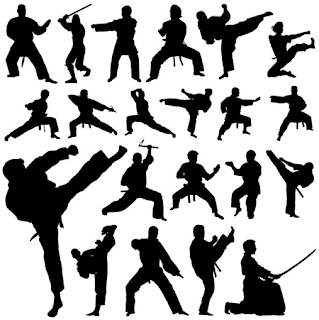20th and 21st century music
With 20th century music, there was a vast increase in music listening as the radio gained popularity and phonographs were used to replay and distribute music. The focus of art music was characterized by exploration of new rhythms, styles, and sounds. Igor Stravinsky, Arnold Schoenberg, and John Cage were all influential composers in 20th century art music. The invention of sound recording and the ability to edit music gave rise to new sub-genre of classical music, including the acousmatic and Musique concrète schools of electronic composition.
Jazz evolved and became a significant genre of music over the course of the 20th century, and during the second half of that century, rock music did the same. Jazz is an American musical art form that originated in the beginning of the 20th century in African American communities in the Southern United States from a confluence of African and European music traditions. The style's West African pedigree is evident in its use of blue notes, improvisation, polyrhythms, syncopation, and the swung note. From its early development until the present, jazz has also incorporated music from 19th and 20th century American popular music. Jazz has, from its early 20th century inception, spawned a variety of subgenres, ranging from New Orleans Dixieland (1910s) to 1970s and 1980s-era jazz-rock fusion.
Rock music is a genre of popular music that developed in the 1960s from 1950s rock and roll, rockabilly, blues, and country music. The sound of rock often revolves around the electric guitar or acoustic guitar, and it uses a strong back beat laid down by a rhythm section of electric bass guitar, drums, and keyboard instruments such as organ, piano, or, since the 1970s, analog synthesizers and digital ones and computers since the 1990s. Along with the guitar or keyboards, saxophone and blues-style harmonica are used as soloing instruments. In its "purest form," it "has three chords, a strong, insistent back beat, and a catchy melody." In the late 1960s and early 1970s, rock music branched out into different subgenres, ranging from blues rock and jazz-rock fusion to heavy metal and punk rock, as well as the more classical influenced genre of progressive rock and several types of experimental rock genres.
Read more...
Jazz evolved and became a significant genre of music over the course of the 20th century, and during the second half of that century, rock music did the same. Jazz is an American musical art form that originated in the beginning of the 20th century in African American communities in the Southern United States from a confluence of African and European music traditions. The style's West African pedigree is evident in its use of blue notes, improvisation, polyrhythms, syncopation, and the swung note. From its early development until the present, jazz has also incorporated music from 19th and 20th century American popular music. Jazz has, from its early 20th century inception, spawned a variety of subgenres, ranging from New Orleans Dixieland (1910s) to 1970s and 1980s-era jazz-rock fusion.
Rock music is a genre of popular music that developed in the 1960s from 1950s rock and roll, rockabilly, blues, and country music. The sound of rock often revolves around the electric guitar or acoustic guitar, and it uses a strong back beat laid down by a rhythm section of electric bass guitar, drums, and keyboard instruments such as organ, piano, or, since the 1970s, analog synthesizers and digital ones and computers since the 1990s. Along with the guitar or keyboards, saxophone and blues-style harmonica are used as soloing instruments. In its "purest form," it "has three chords, a strong, insistent back beat, and a catchy melody." In the late 1960s and early 1970s, rock music branched out into different subgenres, ranging from blues rock and jazz-rock fusion to heavy metal and punk rock, as well as the more classical influenced genre of progressive rock and several types of experimental rock genres.
Read more...






































